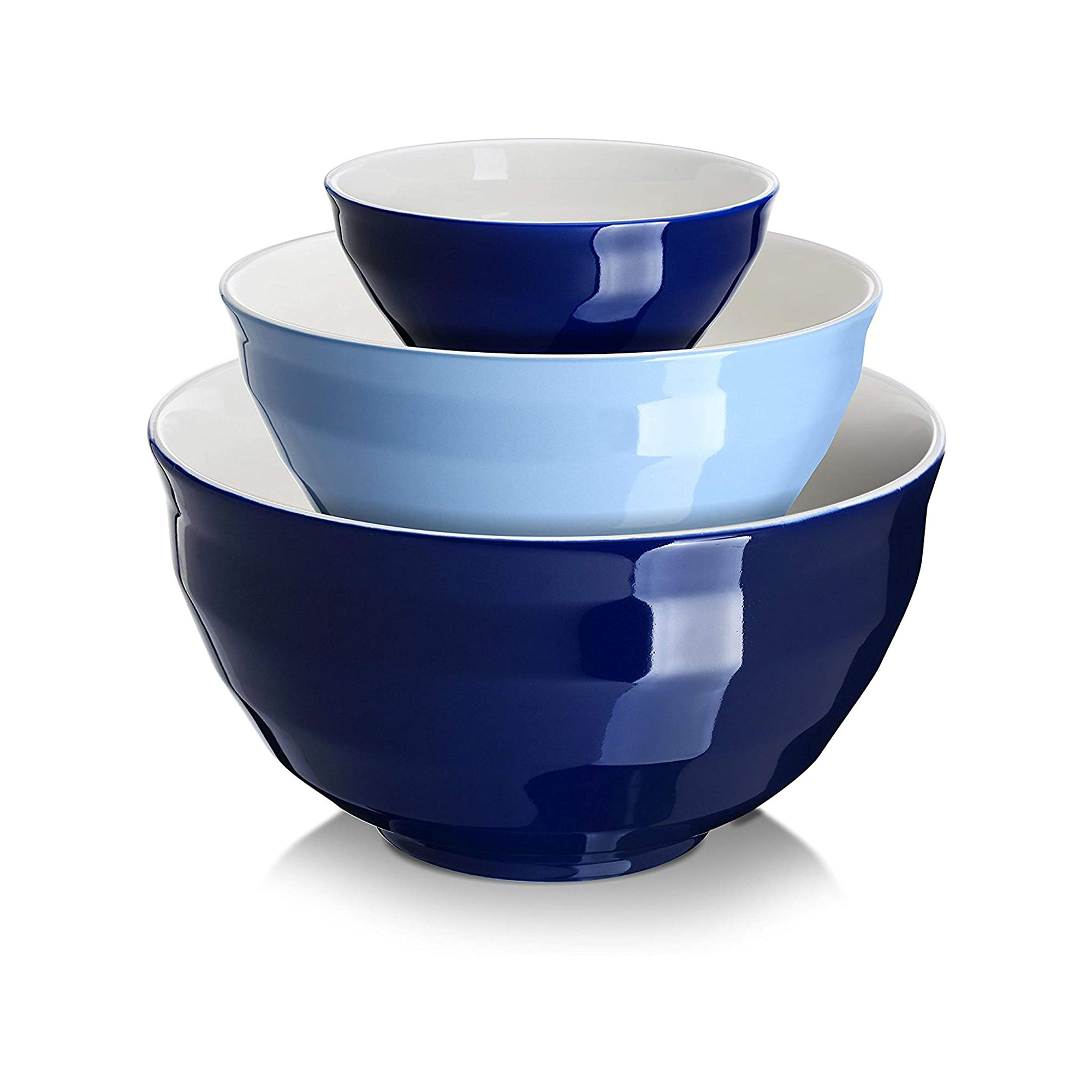Unveiling the Essence: What Is the Definition of a Bowl?
Time of issue: 2023-08-21 15:12:46In the world of culinary and household essentials, few objects are as universally recognized and utilized as the bowl. Its versatile form and practical design make it an indispensable item in kitchens, dining rooms, and beyond. But what truly defines a bowl? Beyond its functional role, the bowl holds a rich history and a place in cultures across the globe. Let's explore the multifaceted definition of a bowl and the profound significance it carries.

A Vessel of Versatility:
At its core, a bowl is a rounded, concave container, often with a wide mouth and open top. This fundamental shape allows for a multitude of uses, from holding food and liquids to serving as a canvas for artistic expression. Whether it's a hearty bowl of soup, a colorful salad, a delectable pasta dish, or even a bowl of fruit, the container's shape is ideal for containing, mixing, and presenting a wide variety of culinary delights.
Cultural Significance:
The bowl's significance transcends its functional utility. Across cultures and civilizations, bowls have played essential roles in rituals, ceremonies, and everyday life. In many Asian cultures, the bowl holds deep symbolic meaning, representing concepts of unity, family, and nourishment. From the Japanese "chawan" used for tea ceremonies to the Chinese rice bowl symbolizing prosperity, these vessels carry stories and traditions through generations.
The Art of Craftsmanship:
Bowl-making is an ancient craft that marries functionality with artistry. Craftsmen work with various materials, including ceramics, glass, wood, and metal, to create bowls that cater to both practical needs and aesthetic preferences. Hand-carved wooden bowls, intricately painted ceramic bowls, and contemporary glass bowls all offer unique tactile experiences that complement their visual appeal.
Aesthetic Exploration:
The definition of a bowl expands beyond its traditional form. Modern design has brought innovation to the concept, leading to bowls in unconventional shapes, sizes, and materials. From asymmetrical ceramic bowls to sleek, minimalistic stainless steel designs, these variations challenge conventional perceptions while preserving the bowl's core purpose.
A Sense of Gathering:
The bowl has the power to foster a sense of togetherness. The act of sharing a communal bowl, whether it's filled with a family recipe or a favorite snack, creates a connection between individuals. It invites conversation, camaraderie, and the creation of memories that linger long after the bowl is empty.
Practical and Poetic:
Beneath its outward simplicity, a bowl possesses a poetic quality. It's a vessel that holds sustenance, nurtures connections, and embodies the essence of life itself. The act of filling a bowl is a representation of providing nourishment, comfort, and care, making it a symbol of human connection and empathy.
In conclusion, a bowl is far more than a utilitarian object – it's a vessel of history, culture, art, and human connection. Its versatile form and rich symbolism have woven it into the fabric of everyday life across the globe. Whether you're using a bowl to enjoy a meal or to celebrate a tradition, take a moment to appreciate the profound impact this simple yet powerful object has on our lives.
RECENT POSTS
- The Benefits of Wholesale High-Quality Ceramic Products for Retailers
2025-12-17
- Can You Make an Ashtray with Air Dry Clay? Pros, Cons, and Safer Alternatives
2025-12-17
- The Impact of Ceramic Materials in Energy-Efficient Buildings: Benefits and Applications
2025-12-04
- Top 7 Ceramic Cookware Health Benefits: Why It’s a Safer Choice for Your Kitchen
2025-12-04
- How to Clean Ceramic Planters and Improve Their Lifespan?
2025-11-17
- 15 Best Ceramic Holiday Gift Ideas for 2025: Thoughtful, Elegant & Heartfelt
2025-11-17
- Stoneware vs Porcelain vs Earthenware: Quick Decision Guide
2025-10-09
- Are Ceramic Glazes Food Safe? The Truth Behind the Shine
2025-10-09










